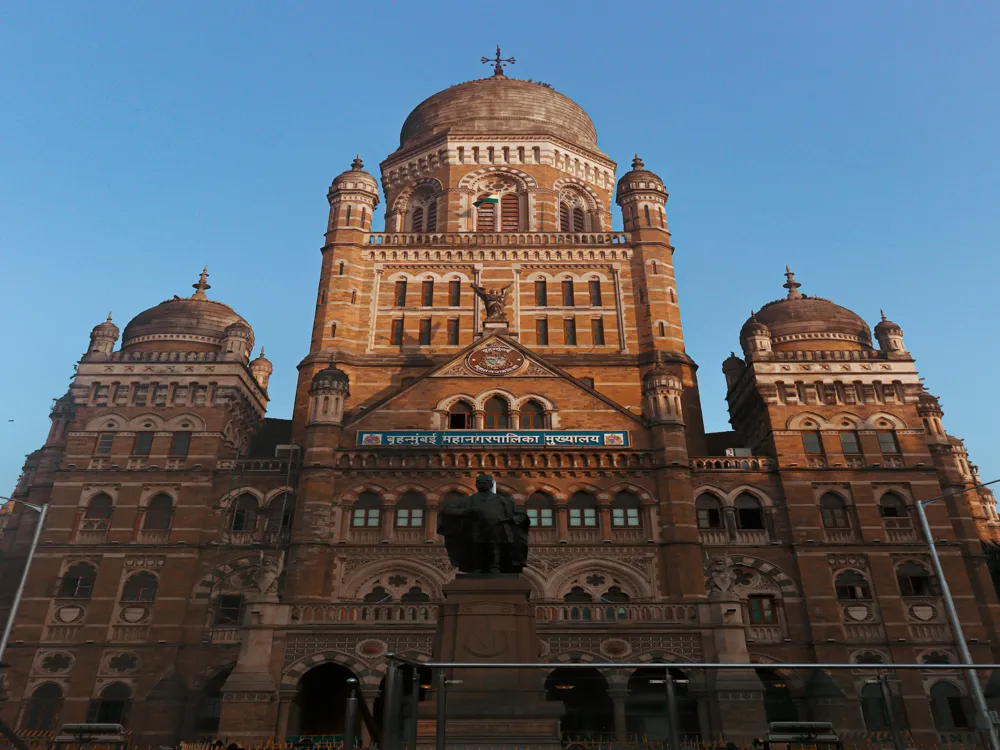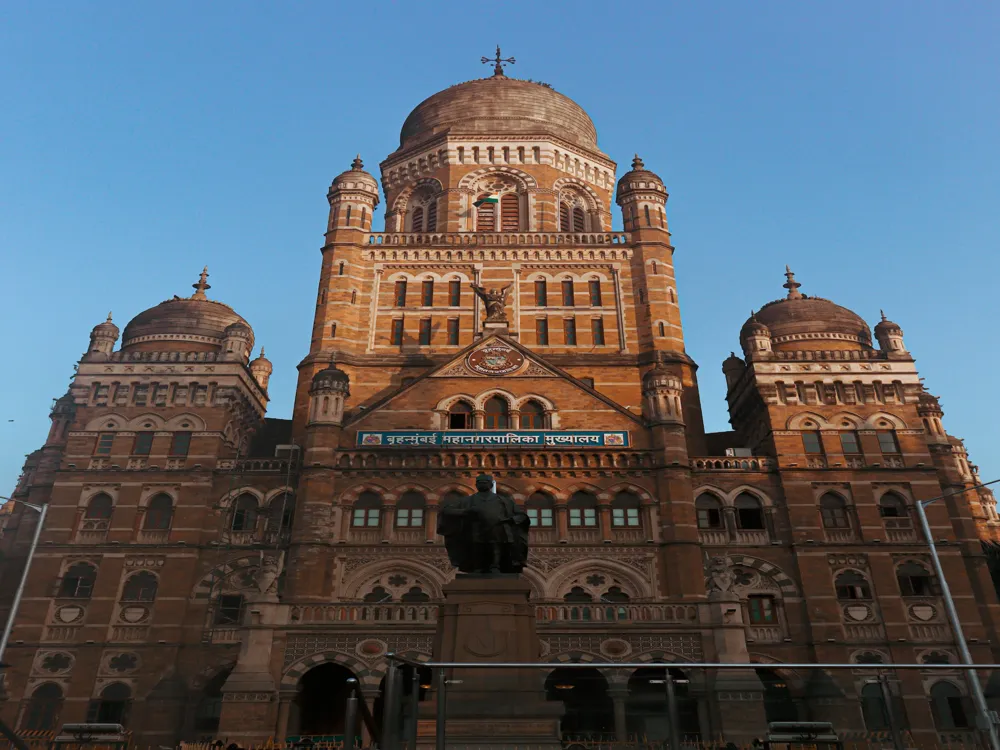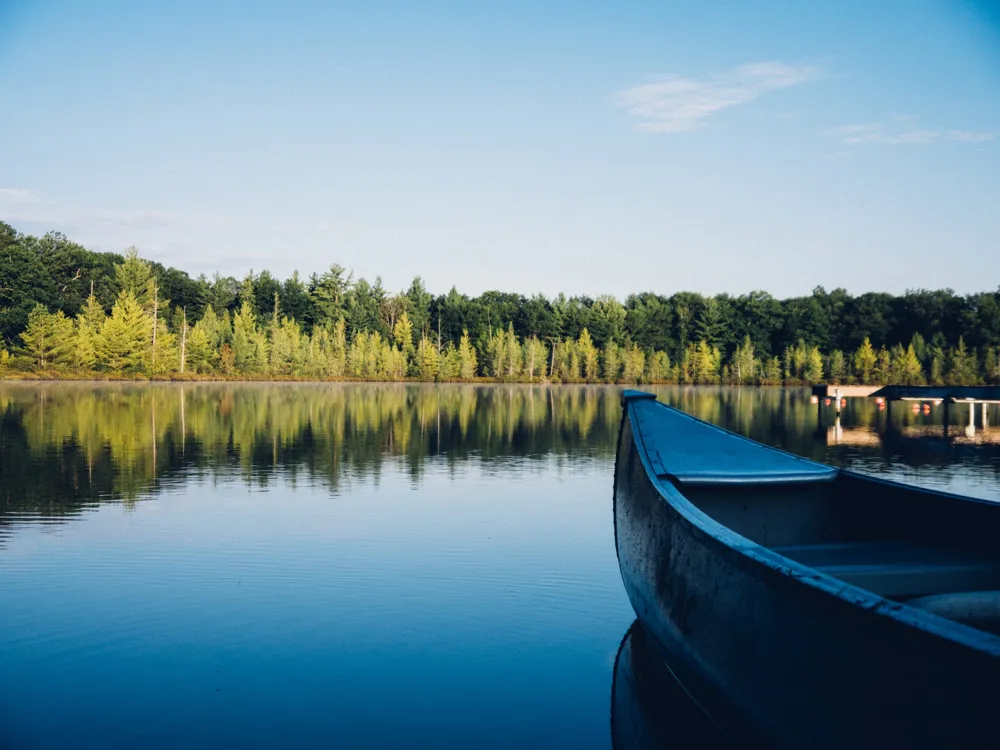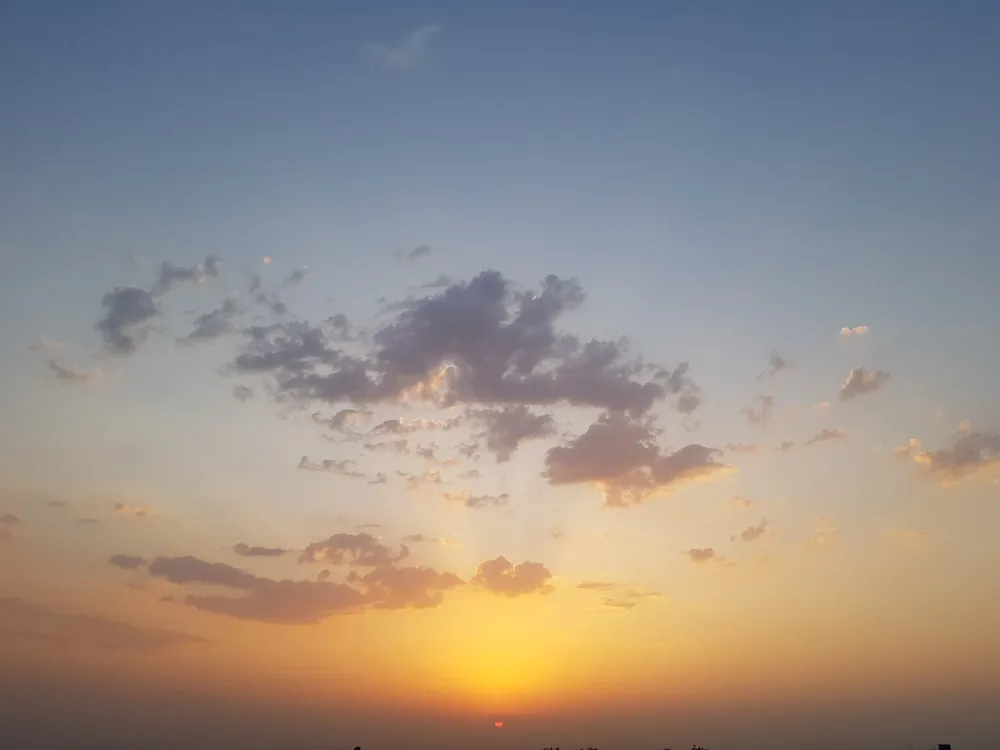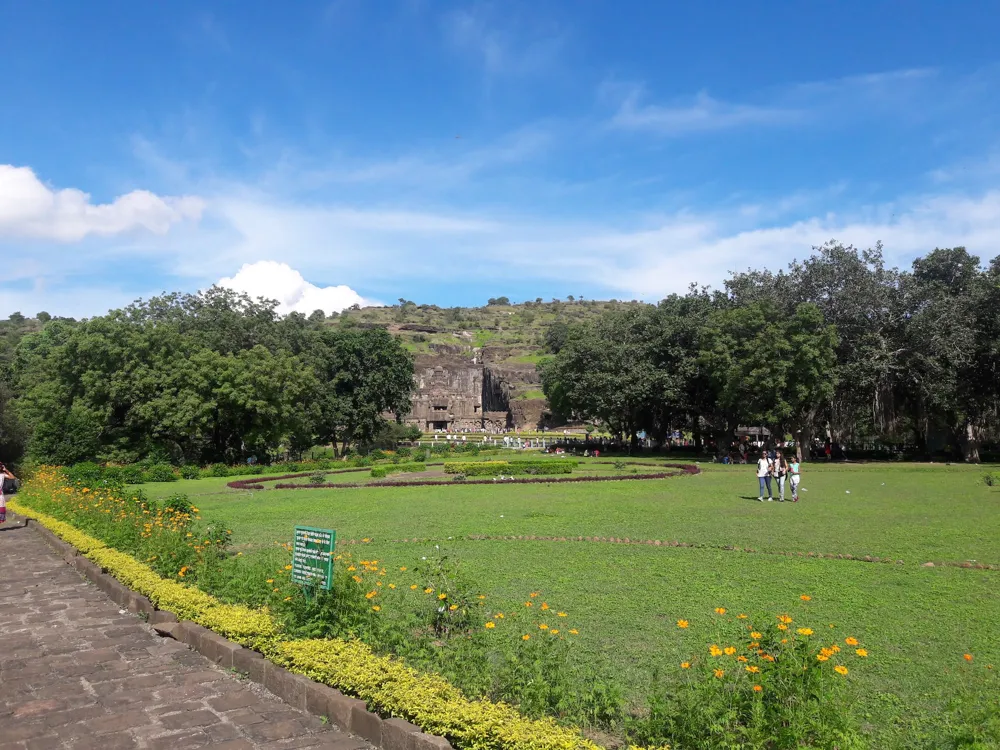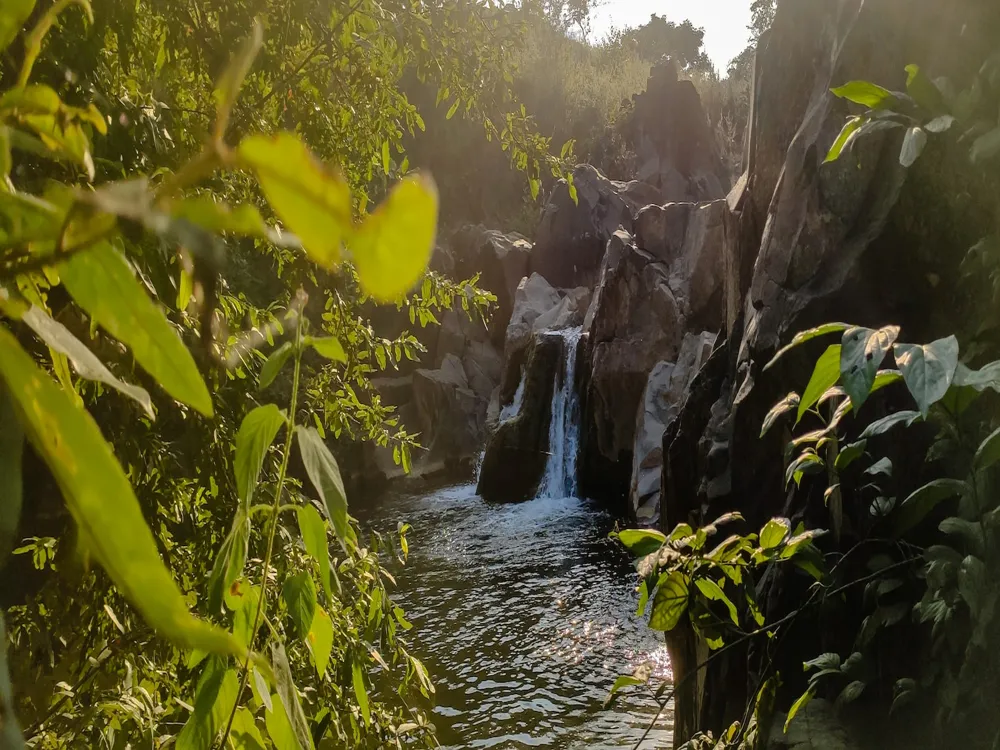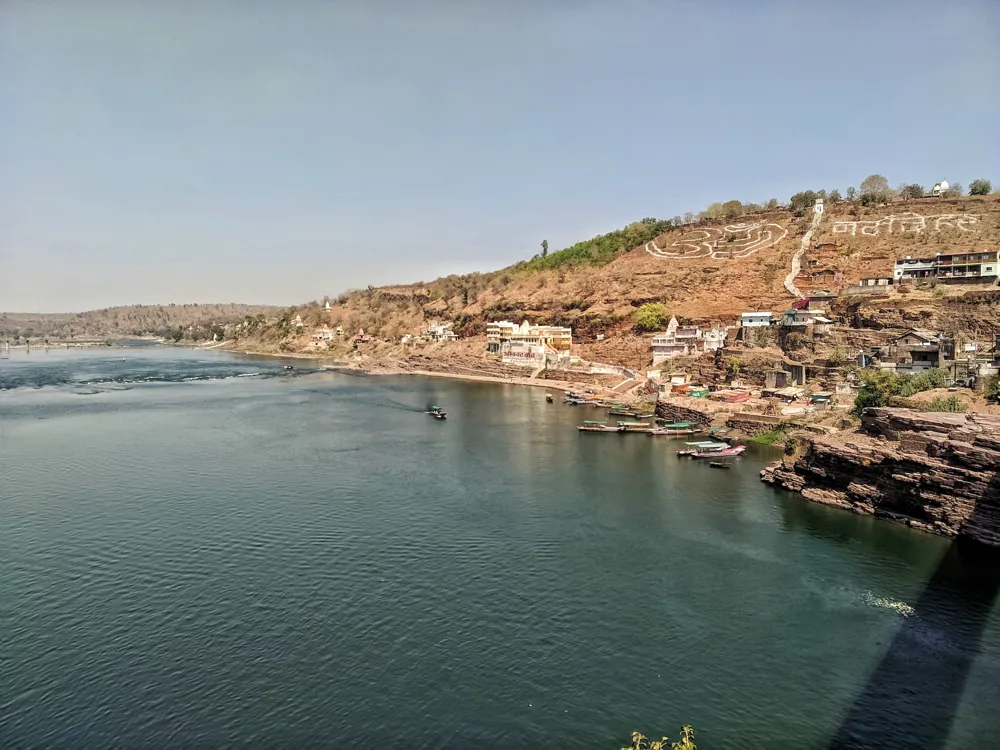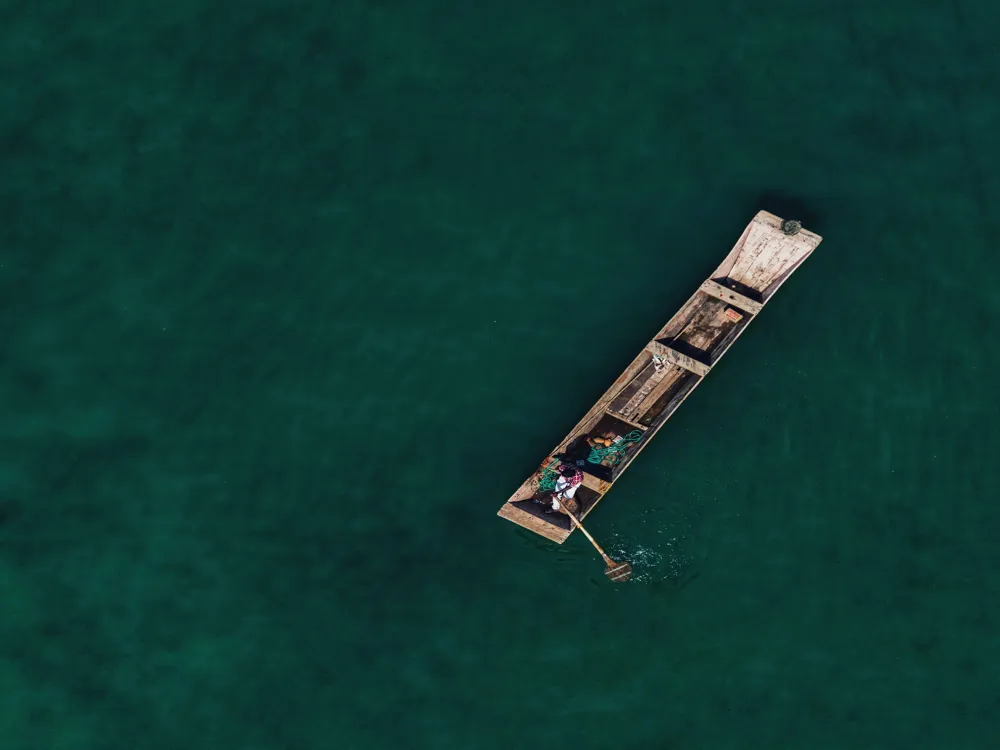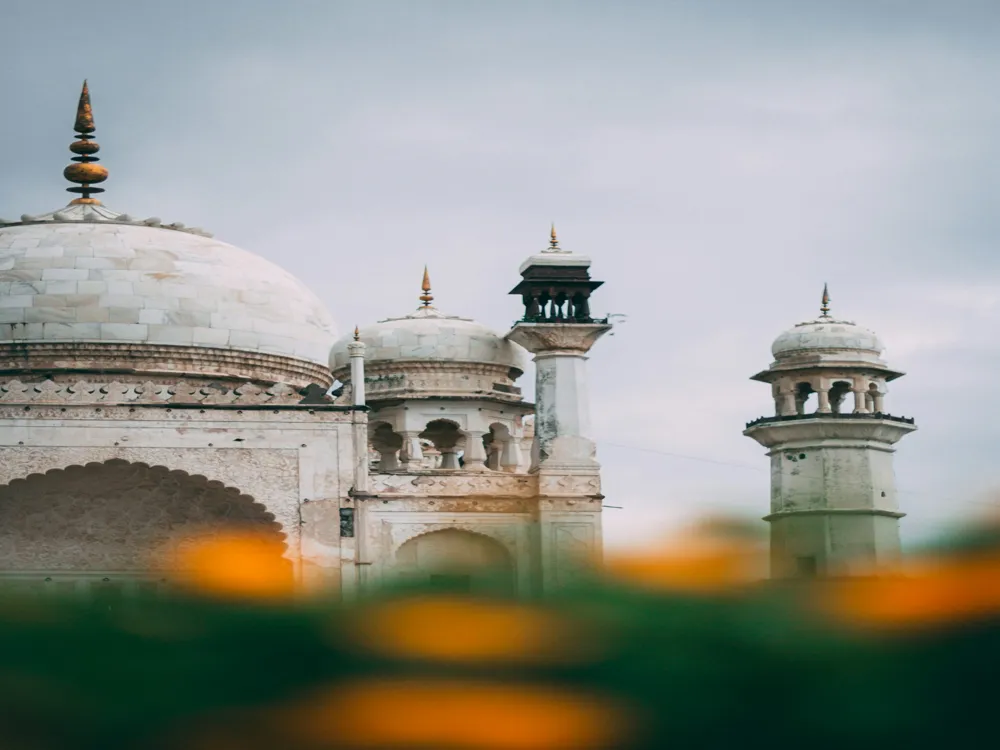Nestled in the verdant hills of Chikhaldara in Maharashtra, Bhimkund is a hidden gem waiting to be explored. Known for its breathtaking natural beauty and mystical allure, this kund (pool) is not just a sight for sore eyes but a dive into the pages of history and mythology. According to legends, Bhimkund is believed to have been formed when Bhima, one of the Pandavas from the epic Mahabharata, struck the ground with his gada (mace). This action supposedly created the water reservoir, which is now a major attraction for tourists and devotees alike.
The pool's crystal-clear water, deep blue in hue, is a sight to behold. Surrounded by rugged cliffs and lush forests, Bhimkund offers a tranquil escape from the hustle and bustle of city life. The area around the kund is rich in flora and fauna, making it a paradise for nature lovers and wildlife enthusiasts. The serene ambiance, coupled with the mystical tales associated with it, makes Bhimkund a unique destination.
Bhimkund is not just a natural wonder but a cultural hotspot as well. The pool is considered sacred and is a site for many local rituals and festivals. These cultural events offer a glimpse into the rich traditions and customs of the region, making a visit to Bhimkund a culturally enriching experience. Whether you're seeking adventure, peace, or a brush with history and culture, Bhimkund in Chikhaldara, Maharashtra, is a destination that should not be missed.
The architecture of Bhimkund is as intriguing as its legends. Though primarily a natural formation, the area surrounding Bhimkund has been developed to enhance its appeal and preserve its sanctity. The kund is encircled by a series of steps that lead down to the water, offering visitors a safe and convenient way to approach the pool. These steps are more than just functional; they are a testament to the blend of natural beauty and human craftsmanship.
The stonework around Bhimkund is rustic yet elegant, blending seamlessly with the natural surroundings. Local artisans have skillfully used the indigenous stone and materials to create structures that are both sturdy and aesthetically pleasing. The architecture here does not overpower the natural beauty of the kund but rather complements it, creating a harmonious balance between man-made and natural elements.
In addition to the steps and stonework, small shrines and statues can be found dotted around Bhimkund. These religious structures add a spiritual dimension to the site, enhancing its significance as a place of worship and reflection. The architectural elements at Bhimkund are a testament to the skill and artistry of the local people, and they play a crucial role in making the site a memorable and sacred destination.
Bhimkund is best visited during the winter months, from October to March, when the weather is pleasant, and the natural beauty of the area is at its peak. Avoid visiting during the monsoon season, as the area can get slippery and the water level in the kund may rise, making it unsafe.
Carry water, snacks, and a first-aid kit. Wearing comfortable walking shoes is essential as there is a bit of trekking involved. Don't forget your camera to capture the stunning scenery.
Bhimkund is a sacred site. Visitors are expected to respect local customs and traditions. Dress modestly and avoid littering or creating noise pollution.
Bhimkund is accessible by road and is well-connected to major cities in Maharashtra. The nearest town is Chikhaldara, which is about 78 kilometers from Amravati. Visitors can hire taxis or take buses to reach Chikhaldara. From there, local transport is available to take you to Bhimkund. For those preferring to travel by air, the nearest airport is in Nagpur, which is approximately 230 kilometers away. From Nagpur, one can take a taxi or a bus to reach Chikhaldara and then proceed to Bhimkund.
Overview of Bhimkund, Chikhaldara, Maharashtra
Architecture of Bhimkund
Tips When Visiting Bhimkund
Best Time to Visit
What to Bring
Respect Local Customs
How to Reach Bhimkund
Bhimkund
Chikhaldara
Maharashtra Goa
NaN onwards
View chikhaldara Packages
Chikhaldara Travel Packages
View All Packages For Chikhaldara
Top Hotel Collections for Chikhaldara

Private Pool

Luxury Hotels

5-Star Hotels

Pet Friendly
Top Hotels Near Chikhaldara
Other Top Ranking Places In Chikhaldara
View All Places To Visit In chikhaldara
View chikhaldara Packages
Chikhaldara Travel Packages
View All Packages For Chikhaldara
Top Hotel Collections for Chikhaldara

Private Pool

Luxury Hotels

5-Star Hotels

Pet Friendly







